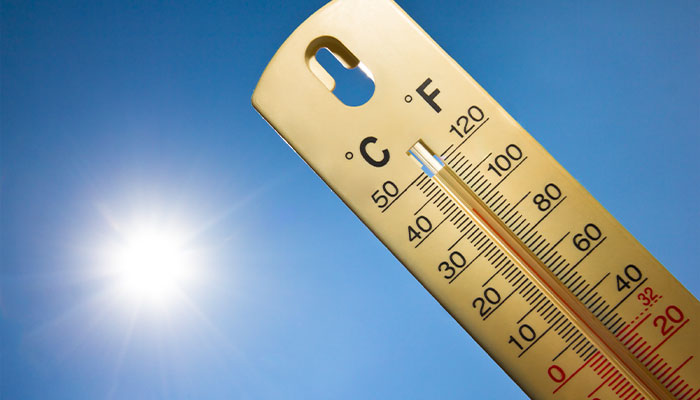While we believe that the books and resources recommended may be of value to you, keep in mind that these are suggestions only and you must do your own due diligence to determine whether the materials are appropriate and suitable for your use. PNC has no sponsorship or endorsement agreement with the authors or publishers of the materials listed.
WEATHER

What's the Temperature?
Children will explore different temperatures.

Lesson Objective
Children will use a thermometer to understand hot and cold temperatures.
Science
What You'll Need
- Student thermometers – 1 per child
- Plastic bowls – 2 per child
- Ice cubes – 4 per child
- Warm water – 1 bowl per child
What To Do
- Distribute bowls of ice cubes.
- Have the children feel the ice cubes to explain the term cold (see Guiding Student Inquiry).
- Display a thermometer and explain how it is used to measure temperature (see Guiding Student Inquiry).
- Have the children locate the mercury line on their thermometer; then place it in the bowl of ice cubes.
- Discuss what happened to the red line on the thermometer (see Guiding Student Inquiry).
- Have the children make a prediction about what will happen to the red line by placing the thermometer in hot water (see Did You Know?).
- Distribute bowls of warm water.
- Have the children feel the warm water to explain the term warm.
- Have the children locate the red line on their thermometer; then place it in the bowl of warm water.
- Discuss what happens to the red line.
Resources
Home School Resources
Home educators: use these printable lesson PDFs to teach this lesson to your home schoolers. They're available in English and Spanish.
Content Provided By
Common Core State Standards Initiative – These lessons are aligned with the Common Core State Standards ("CCSS"). The CCSS provide a consistent, clear understanding of the concepts and skills children are expected to learn and guide teachers to provide their students with opportunities to gain these important skills and foundational knowledge [1]. Visit the CCSS


